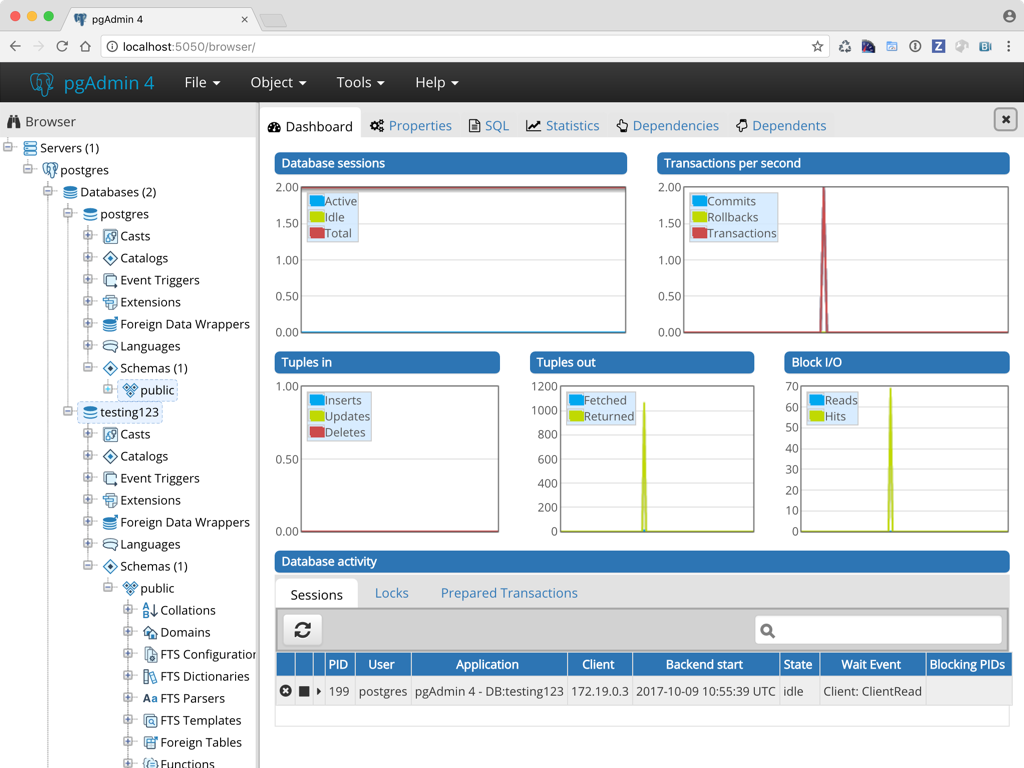

The firstname and lastname use the character varying data type and the length equal to 50.įirst, in order to insert data in the table, we will use the insert statement. Also, we set this column as a primary key. In this example, we are adding the id with the integer data type. You can use the + icon to add multiple columns.

In the General tab, write the table’s name and then go to Columns. The following steps will help you to create your table using the pgAdmin:įirst, go to the Browser and then go to Databases>postgres>Schemas>public>Tables, right-click and select the Create>Table option. You can administer the database, create, and edit tables. Tutorial to learn PostgreSQL – Create tables using the pgAdminĪlternatively, you can create a Table using the pgAdmin. It contains the birthday.įor more information about PostgreSQL data types refer to this link: The limit used is 50 characters for the firstname and lastname, and the email supports 255 characters.įinally, the birthday column contains dates. The first name, last na,me and email columns use this data type for string characters.

Ideally, it is an integer number.Īlso, we have the varchar which is used to store characters. The primary key is used to uniquely identify the different records in the table. ID is an identifier and it is also the primary key. The following query creates a table named customers. If not, follow the instructions in the requirements.įirst, to create a query go to Databases>postgres>Schemas, right-click and select Query Tool. Tutorial to learn PostgreSQL – Create tables using SQLįor this tutorial, I am assuming that you are already connected to pgAdmin.
#PGADMIN 4 TUTORIAL HOW TO#
How to modify (alter) a view in PostgreSQLįinally, for the Azure section, we need an internet connection and an Azure account.How to view or edit data in Views using pgAdmin.Tutorial to learn how to create views in PostgreSQL using pgAdmin.
#PGADMIN 4 TUTORIAL UPDATE#
#PGADMIN 4 TUTORIAL PASSWORD#
You do NOT need to create a password for the Group role we will create a password for the Login role created later in this document.Įxpand ‘Databases’ > right-click on the database you would like to connect to Chartio > select ‘Properties’. Give the role a descriptive name > click ‘OK’. Connect to your PostgreSQL server instance using pgAdmin > right-click on ‘Group Roles’ and select ‘New Group Role’.


 0 kommentar(er)
0 kommentar(er)
